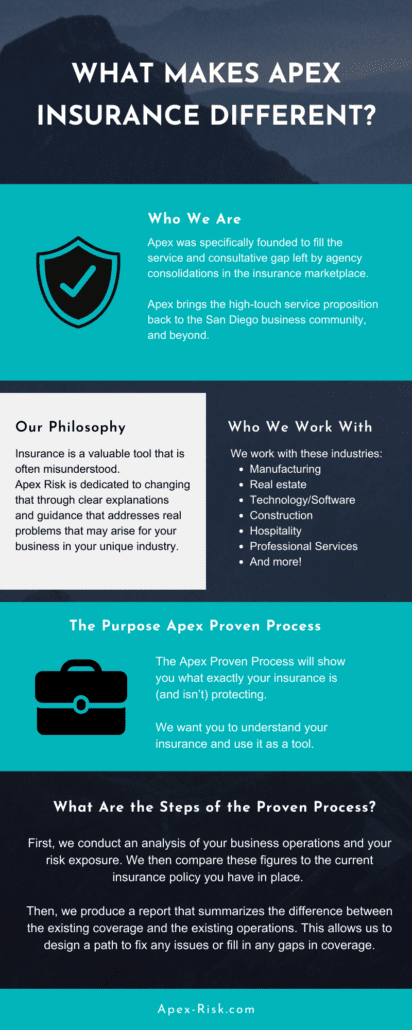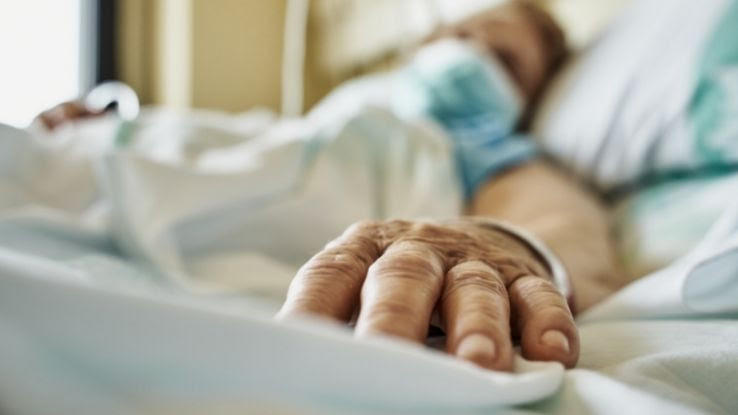Pacific Prime for Beginners
Table of ContentsThe Of Pacific PrimeOur Pacific Prime StatementsSome Known Details About Pacific Prime Rumored Buzz on Pacific Prime
In many states, the insurer is required to send you a copy of the changes to your policy. It is very important that you read Endorsements or Bikers so you understand just how your policy has changed and if the policy is still adequate to meet your needs. To obtain a duplicate of your insurance coverage, please call your insurance policy representative or firm.
The Institute of Medicine (IOM) Board on the Consequences of Uninsurance launches an extended evaluation of proof that addresses the importance of health insurance coverage with the publication of this record. Coverage Issues is the very first in a collection of 6 reports that will be provided over the next 2 years recording the fact and effects of having actually an estimated 40 million people in the United States without health insurance policy protection.

Pacific Prime Fundamentals Explained
The goal of this collection of research studies is to refocus policy interest on a historical issue. Adhering to the longest financial development in American background, in 1999, an estimated one out of every 6 Americans32 million adults under the age of 65 and greater than 10 million childrenremains uninsured (Mills, 2000).

Ten percent of the population represent 70 percent of healthcare expenses, a connection that has actually continued to be constant over the past three years (Berk and Monheit, 2001) - international health insurance. Thus medical insurance continues to offer the feature of spreading threat even as it progressively funds regular care. From the perspective of wellness care companies, insurance policy carried by their patients helps protect an earnings stream, and areas gain from economically viable and secure healthcare practitioners and organizations
Federal government gives health insurance coverage to populations whom the exclusive market may not serve effectively, such as disabled and seniors, and populaces whose accessibility to healthcare is socially valued, such as children and expecting ladies. The utmost ends of medical insurance protection for the private and areas, consisting of office areas of workers and employers, are enhanced health and wellness outcomes and lifestyle.
How Pacific Prime can Save You Time, Stress, and Money.
Staff members rate wellness insurance initially by much in significance amongst all the benefits used in the workplace (Salisbury, 2001). Although there have actually been substantial financial investments of personal and public funds to give medical insurance, many individuals still have no coverage. Despite extensive reporting of study findings and healthcare research results, the general public continues to be confused and mistaken about Americans without wellness insurance coverage and the effects of doing not have insurance coverage.

Without inquiry, the complexity of American healthcare funding devices and the wealth of resources of details contribute to the general public's confusion and apprehension about wellness insurance coverage statistics and their analysis. This record and those that will certainly follow goal to boil down and present in conveniently understandable terms the comprehensive research study that bears upon concerns of wellness insurance policy protection and its significance.
Fifty-seven percent of Americans surveyed in 1999 thought that those without medical insurance are "able to get the treatment they need from doctors and healthcare facilities" (Blendon et al., 1999, p. 207). In 1993, when nationwide attention was concentrated on the issues of the uninsured and on pending health and wellness care regulations, simply 43 percent of those questioned held this idea (Blendon et al., 1999).

They also receive fewer preventative services and are less most likely to have normal take care of persistent problems such as high blood pressure and diabetes mellitus. Chronic conditions can cause costly and disabling complications if they are not well managed (Lurie et al., 1984; Lurie et al., 1986; Ayanian et al., 2000). One nationwide study asked greater than 3,400 adults about 15 highly significant or somber conditions.
The 10-Minute Rule for Pacific Prime
Added evidence exists later in this chapter in the discussion of insurance coverage and accessibility to his response health and wellness care. https://young-nemophila-a7b.notion.site/Pacific-Prime-Your-Partner-for-Comprehensive-Insurance-Solutions-7ea95e6a0f4e46d6a51631c55774899a?pvs=25. Individuals without medical insurance are young and healthy and balanced and pick to do without protection. Almost fifty percent (43 percent) of those checked in 2000 believed that individuals without medical insurance are extra likely to have health issue than people with insurance
Citizens and policy manufacturers in emphasis group conversations define those without insurance policy as youngsters who have the chance to be covered and feel they do not need it (Concierge Novelli, 2001). Contrasted to those with at the very least some private insurance coverage, the without insurance are less most likely to report being in superb or great health (Firm for Healthcare Study and High Quality, 2001).
SOURCE: Center for Cost and Funding Studies, Company for Healthcare Research Study and Quality, based on MEPS information. Youthful grownups between 19 and 34 are much more most likely to do not have medical insurance than any type of other age. This is primarily since they are much less commonly eligible for employment-based insurance coverage because of the nature of their job or their brief period in it.
The assumption that people without insurance policy have better-than-average health complies with from perplexing the relatively young age account of the without insurance with the far better health, on average, of more youthful individuals. This covers the link between wellness standing and medical insurance. For those without accessibility to workplace wellness insurance, inadequate health is a potential barrier to purchasing nongroup coverage because such insurance coverage might be extremely priced, leave out pre-existing problems, or be merely unavailable.